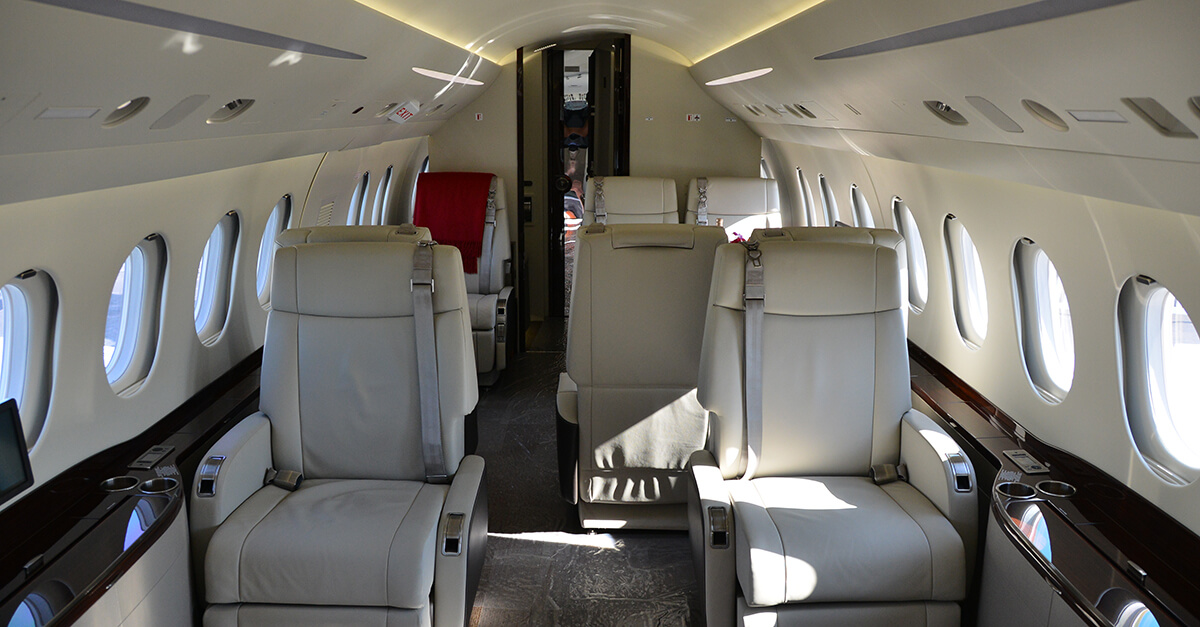
June 18, 2020
If you’re sanitizing your aircraft because of COVID-19, it’s essential to first determine the level of risk you are willing to accept, then choose the appropriate products. In the third installment of an NBAA News Hour webinar dedicated to sanitization, experts agreed risk assessment is key.
“There are no zero-risk situations, so you are looking for the best compromise,” said Dr. Paulo Alves, global director aviation health for MedAire. “This is also an ever-changing situation, where we are learning every single day.”
Greg Hamelink, senior manager, flight operations and maintenance for Stryker Corp., and chairman of NBAA’s Maintenance Committee, agreed that over the course of the pandemic, the guidance for cleaning products has varied, as well as how they are used.
“This has been one of the biggest moving targets,” noted Hamelink. “The challenge for us is that it’s uncharted territory. We are looking at what the manufacturers are telling us, and whether a product can damage an aircraft, so it’s a little bit of a dance. Operators have to do their due diligence, staying on top of the medical side of things as well as the aircraft side.”
The original equipment manufacturers (OEM’s) have been doing a good job keeping up with testing and product information, said Nathan Winkle, founder and president of Thoroughbred Aviation. “The [OEM] service letters that NBAA has been cataloguing on its web site are also extremely helpful. It’s important to read through those letters.”
“It really comes down to training,” added Winkle. “Operators have to ask really good questions, determine their risk and look at what’s being offered to address it.”
When it comes to asking questions about the appropriate products to use and how to use them, “we really are getting smarter,” declared Frances Grinstead, CEO, CURIS System and founder, Pathogend Services. “We are seeing more educated buyers and users.”
Grinstead explained the different levels of fomite log reduction, which in turn reduces risk. “Log reduction matters, from cleaning to sanitizing to disinfecting to sterilizing,” advised Grinstead, who discussed some of the products that achieve each level. She also addressed the pros and cons of using UV light, ionization and ozone for aircraft sanitization.
“There are lots of tools in the toolbox, but sometimes a pathogen evolves and develops a resistance, so you have to switch things up,” cautioned Grinstead. She also recommended that operators pay attention to residues – such as silver ions – that might be left behind after sanitization, as these sometimes can also cause problems and should be removed.
Review the CURIS System presentation slides (PDF)
“Ultimately, operators should probably go back to what their OEM is recommending, once you have assessed your own risk threshold,” said Stewart D’Leon, webinar moderator and NBAA director, technical operations.


 International Business Aviation Council Ltd.
International Business Aviation Council Ltd.